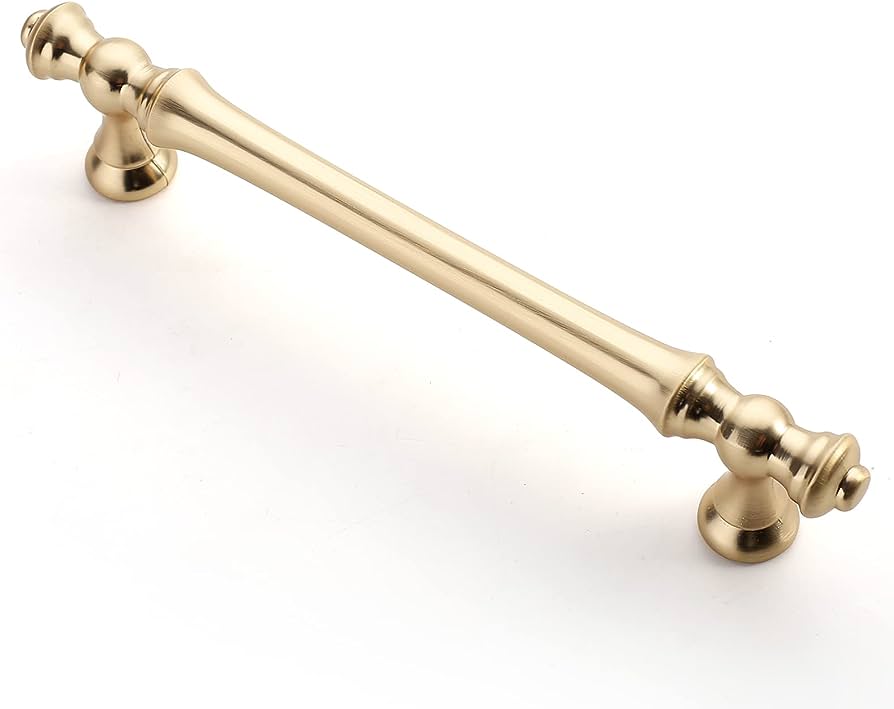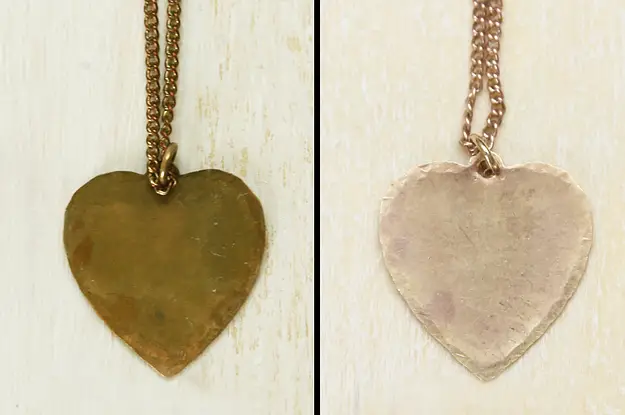I’ve always loved the rustic charm that brick brings to any indoor space. However, over time, these beautiful surfaces can accumulate dust, dirt, and grime. But fear not, because I’m here to share my tried-and-true method for cleaning brick indoors.
First, start by removing any loose debris by gently brushing the surface with a soft-bristle brush. This will help avoid scratching or damaging the brick.
Next, create a mixture of warm water and mild detergent in a bucket. Dip a scrub brush or a sponge into the soapy water and gently scrub the brick in circular motions. Be sure to pay extra attention to any stubborn stains or areas with built-up dirt.
Once you’ve thoroughly scrubbed the brick, it’s time to rinse. Fill another bucket with clean water and use a clean sponge or cloth to wipe away the soapy residue. This step is crucial to prevent any slippery or sticky residue from being left behind on your indoor brick surfaces.
Now, step back and admire your clean brick! To speed up the drying process, you can use a clean towel to gently pat the brick dry. Remember, it’s important to never use harsh chemicals or abrasive tools as they can damage the brick. So, follow these simple steps, and your indoor brick will be looking as good as new in no time!
Dos
- Use a vacuum cleaner to remove loose dirt and debris.
- Mix a solution of warm water and mild detergent.
- Dip a soft-bristle brush in the solution and scrub the brick gently.
- Rinse the brick with clean water.
- Dry the brick thoroughly with a clean cloth.
Donts
- Avoid using harsh chemicals or acidic cleaners on the brick.
- Do not use a wire brush or abrasive materials that can scratch the brick surface.
- Do not apply excessive pressure while scrubbing the brick.
- Avoid using excessive water that can seep into the brick and cause damage.
- Do not leave the brick wet without proper drying.
Step 1
Preparation: Protect surrounding areas with drop cloths or plastic sheeting.
Step 2
Mix a cleaning solution of warm water and mild detergent.
Step 3
Test the cleaning solution on a small, inconspicuous area of the brick.
Step 4
Apply the cleaning solution to the brick using a soft-bristle brush or sponge.
Step 5
Rinse the brick thoroughly with clean water to remove any residue.
Final thoughts 💭
Cleaning brick indoors can be a challenging task, but with the right tools and techniques, it is definitely achievable. Remember to start by preparing the area and removing any loose dirt or debris. Then, use a gentle cleaning solution and a soft-bristle brush to scrub the bricks. You may need to repeat the process for stubborn stains. Finally, rinse the bricks thoroughly and allow them to dry completely. Regular maintenance and preventing future dirt build-up can help prolong the cleanliness of your indoor brick surfaces. By following these steps, you can enjoy clean and beautiful brick indoors for years to come.






Leave a Reply